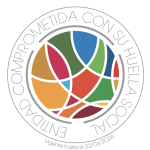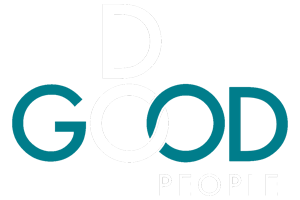The way we work has changed drastically in the last few years, and so the task for building trust and engagement in an organziation has come to face new and complex challenges. The answer to these might be transparency, but where do we start?
The times we live in have turned workplaces and corporate processes upside down. With remote work being the new normal, and the needs and demands of the upcoming generation entering the workforce, companies face many complex challenges in order to create a good working environment.
High engagement is probably one of the most important indicators and objectives of any organization in regards to employee wellbeing and productivity, especially for HR departments who measure success on low turnover rates and enthusiastic job candidates.
But how do we achieve satisfactory engagement levels, low turnover rates and enthusiasm? Should we invest more in talent and benefits? Are companies doomed without a good budget?
Transparency and trust
Certainly, a good investment in talent would be beneficial to the organization, and many large companies with similarly large budgets are preceded by their reputation. But there is one key element that is necessary to hold everything together, particularly in HR departments, although applicable to the entire flow chart, and that is transparency.
Much of the attraction practices or retention initiatives would feel empty if it wasn’t for the effort of transparency that creates the appropriate and relevant environment for communication and ideas to thrive.
We cannot overlook the fact that transparency is a tricky element in HR related matters, given the fact that much of the information these departments work with is of confidential nature. Nevertheless, it is also a primary element for some of the most relevant HR functions such as attraction, retention or career and personal development.
These functions require a build in trust that would not be possible without transparency. Much of the attraction practices or retention initiatives would feel empty if it wasn’t for the effort of transparency that creates the appropriate and relevant environment for communication and ideas to thrive.
https://dogoodpeople.com/wp-content/uploads/2022/06/pexels-cowomen-2041393-1.jpg
How to build trust through transparency
Now that we have understood the direct correlation between trust and transparency, is time to start building a work atmosphere that encourages precisely this combination of qualities; here are a few ideas on where and how to start:
- Transparent decision making in terms of salaries: Talking money seems to remain a taboo topic in many organizations, and even at an individual or personal level too. But there is an argument to support transparency in this area for the improvement of trust as well as for equality and inclusion purposes. A survey carried out by Forbes found 60% of workers wanted salary information to be more visible, including bonuses or compensations; in this regard, establishing a clear criteria around how the latter work would make it easier to disclose the decision making process across the organization. Furthermore, it would make managers accountable of the equitable distribution of bonuses or promotions, helping address and correct unequal or discriminatory patterns. But transparency should also be encouraged from the bottom up, this is, it is important to provide strong and open communication channels for employees to raise their concerns around salary or compensation matters.
- Opportunities need to be communicated across the company: Workshops, training, webinars, committees, events or even promotion opportunities need to be openly communicated. Oftentimes these kinds of opportunities are consistently thrown into the same teams or departments, leaving others in the dark about selection processes or other participatory events. And so it is also worth showing how decisions are being made in this regard, helping employees take advantage of opportunities and fostering their own personal and professional development.
https://dogoodpeople.com/wp-content/uploads/2022/06/pexels-olia-danilevich-8145249-1-scaled.jpghttps://dogoodpeople.com/wp-content/uploads/2022/06/pexels-nappy-935949-1.jpg
- Values, vision and mission: authenticity is a side effect of transparency, and it is crucial when looking for job candidates and communicating the values, vision and mission of the company in such a way that is empowering. This is, making employees as well as future talent understand not only what the company is all about, but how it plans to achieve its goal, and in that people can find their place in the organization and be aware of their role’s importance, consequently feeling more open to bring new ideas to the table. This is especially true for younger generations currently entering the workforce or getting ready for it.
Transparency, trust and engagement
The lack of information and a transparent look into what businesses and other organizations are doing to give an effective response to the challenges people face in their workplaces today is perhaps one of the biggest obstacles for personal and proffesional development. And businesses cannot manage what they don’t understand. Because being transparent is not only an externality to a company, or a given organization, to help build trust and reputation; it is in fact also a great learning and improvement mechanism.
We believe and work for transparency to be one of the key values driving the stakeholder transformation, as it is the only way to understand what we are doing wrong, what we are doing right and what it is that we are not doing yet.
In this regard, it is essential to our work to promote good corporate governance, meaning that the processes of disclosure and transparency are followed so as to provide regulators and shareholders as well as the general public with precise and accurate information about the financial, operational and other aspects of the company, including a more accurate definition of the ESG performance.
We have developed a corporate government tool that helps establish ESG impact objectives for employees in regards to the sustainability strategy of the company. Through our technology we are able to activate and track employees’ impact, creating engagement that translates into improved ESG metrics, reputational value and an overall positive impact for the environment and society.
If you want to know more about how we work to create a positive social and environmental impact, click here.
https://dogoodpeople.com/wp-content/uploads/2022/05/pexels-canva-studio-3194519-1-1.jpg







